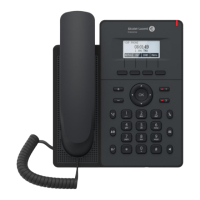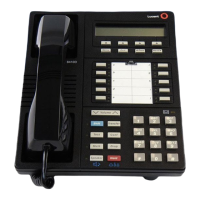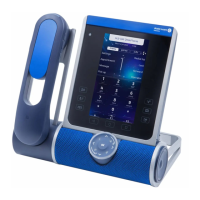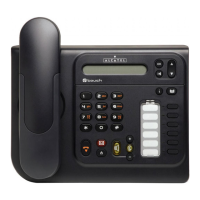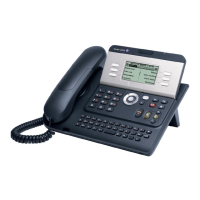Server redundancy is often required in VoIP deployments to ensure continuity of phone service, for
example, take the call server offline for maintenance, the server fails, or the connection between the
IP phone and the server fails.
Two types of redundancy are possible. In some cases, a combination of the two may be deployed:
➢ Failover: In this mode, the full phone system functionality is preserved by having a second
equivalent capability call server take over from the one that has gone down/off-line. After the
IP phone fails to register to the primary server, it will send the register message to secondary
server.
➢ Fallback: Compared with failover mode, fallback mode supports the policy about primary
server first, that means IP phone always attempts to register to the primary server, it will
return to the primary server once primary server is available.
Topics
Registration Method of Failover/Fallback Mode with Outbound Proxy
Failover/Fallback Mode Configuration
Currently there is a binding relationship between sip server and outbound proxy address. That
means if you configure outbound proxy address1, IP phone always sends sip request message
with server1 parameter to outbound proxy address1, when the outbound proxy address1 is not
available, phone will send sip request message with server2 parameter to outbound proxy
address2.
The following table lists the parameters you can use to configure failover/fallback server redundancy

